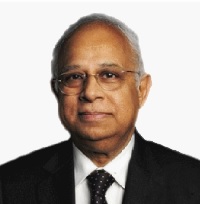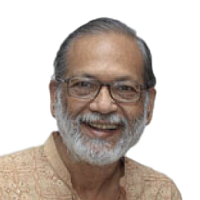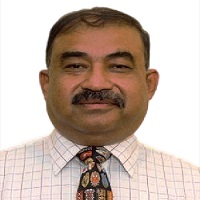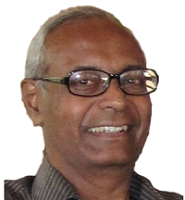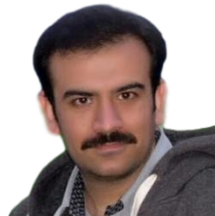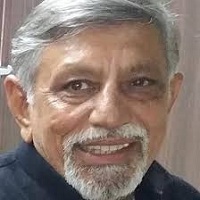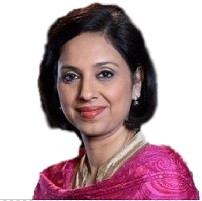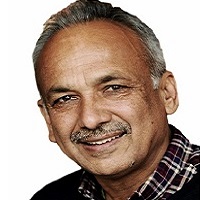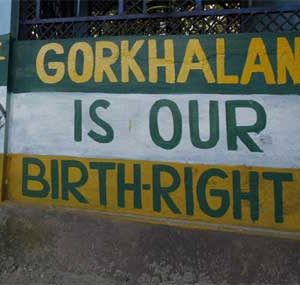In a visit to a seminar organised by the Nuclear Law Association of India in Delhi, Stephen Burns, Chairman, United States Nuclear Regulatory Commission, spoke to The Hindu about the country’s support for India’s entry into the coveted Nuclear Suppliers Group and what a Trump or Clinton administration could mean for the nuclear industry.
India has been talking to a lot of countries to garner support for entry into the Nuclear Suppliers Group (NSG). Should the United States be making a greater push to facilitate this?
The United States supports India’s accession into the NSG. It’s been a good advocate for it. My experience with international organisations such as the International Atomic Energy Agency is that sometimes it takes longer than people want. However, having said that, it isn’t the linchpin for our continued cooperation because we already have the 123 agreement and other mechanisms in place to exchange and share.
As a nuclear regulator, what do you think a Trump or Clinton administration would mean for the nuclear industry in the United States?
Secretary Clinton is very close to what President Obama is (on the contribution of nuclear power to the energy strategy) and historically when she was Senator from New York she was focussed on ensuring that we took some steps on safety issues on the nuclear plant in New York City, but otherwise she’s rather supportive of nuclear power. Mr. Trump hasn’t said anything particular but the Republican Party, if you look as a general platform, has been very supportive. There have been differences in approach and tone (between the two candidates) but not a large difference.
But Mr. Trump has been described as someone who shouldn’t be given the nation’s nuclear codes. As a nuclear regulator how do you see somebody like that as a possible President?
One of the interesting things of the U.S. system for the regulatory body is that we are structured to be a bi-partisan commission. We have potentially five members and we need two more. We are (now) down to three members. If we have five only three can come from the same political party. Now I happen to be independent. You have that, you have fixed, staggered terms. So that tends to keep the bi-partisanship. The President has the sole power to designate who the Chairman is but it must be a sitting commissioner (on the regulatory panel).
You are also scheduled to meet members of India’s regulatory establishment later this week. Does this connect to an agreement between India and the U.S. to have six American, Westinghouse-Toshiba AP 1000 reactors in India and are there regulatory aspects to discuss?
We (Burns and his colleagues) will be having some discussions (with Indian regulators) in Mumbai. One of the things will be the AP 1000 — we have them under construction in the U.S. — but the Chinese have them under construction and we have benefited from observing the experience that the Chinese have had with them. I think for our counterparts in the regulatory system (India’s), we can share some of what we’ve learnt from design changes (that these reactors have undergone) in the units under construction.
[The interview appeared in ‘The Hinud’ on Nov 9, 2016]


